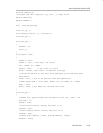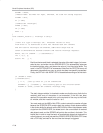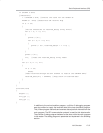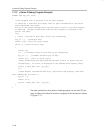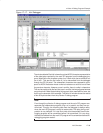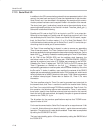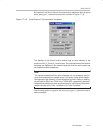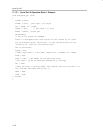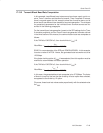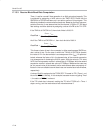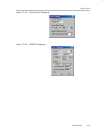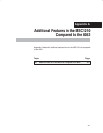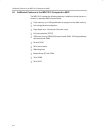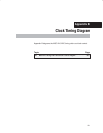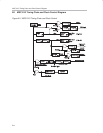
Serial Port I/O
17-43
Keil Simulator
17.13.2 Transmit Block Baud Rate Computation
In this example, two different baud rate sources have been used, one for re-
ceive, Timer 1 overflow, and the other for transmit, Timer 2 overflow. Of course,
there is no good reason for this, except to show that it could be done, and to
show how to use different timer modes for baud rate generation. The analyses
for operational parameters for the individual timer overflow sources are de-
scribed in the following paragraphs.
For the transmit baud rate generation, based on the SFR settings for the Timer
2 simulator peripheral, and the Timer 2 baud rate generator formulas outlined
in the timer section of this manual, the communication baud rate computes as
follows:
If the TM2 bit of CKCON is 0, then clock divide is f
OSC
/12.
BaudRate +
f
OSC
2 @ 16 @ (0x10000 * RCAP2)
RCAP2 is a concatenation of the SFR pair RCAP2H:RCAP2L. In this example,
it carries a value of 0xFFC4. Hence, the generated baud rate works out to be
12 500bps.
If the faster clocking option of f
OSC
/4 was selected, then this equation must be
modified to accommodate this faster operation.
If the TM2 bit of CKCON is 0, then clock divide is f
OSC
/4.
BaudRate +
f
OSC
@ 3
2 @ 16 @ (0x10000 * RCAP2)
In this case, the generated baud rate computes to be 37 500bps. The factor
of three is a result of the fact that the divide-by-4 factor option was selected,
as opposed to the divide-by-12 option.
Of course, these baud rate values scale proportionally with the selected value
for f
OSC.



